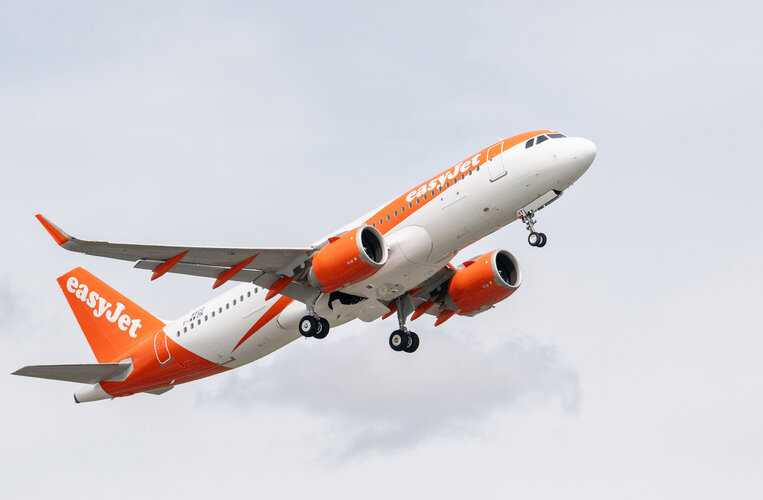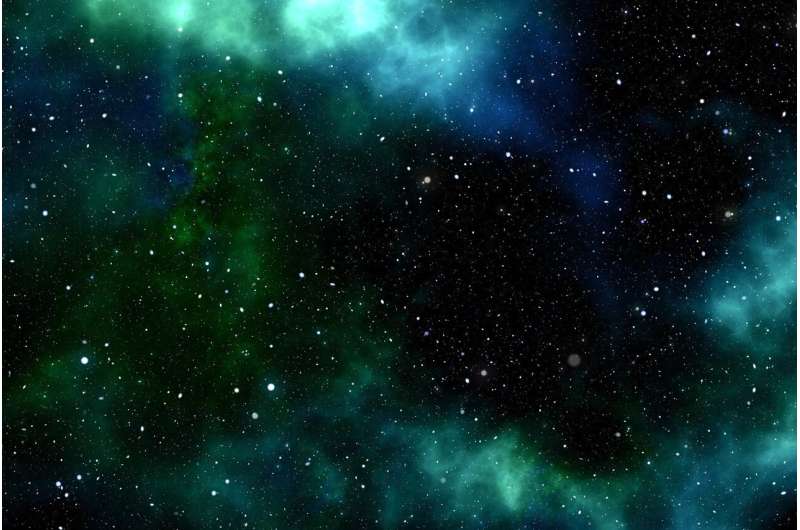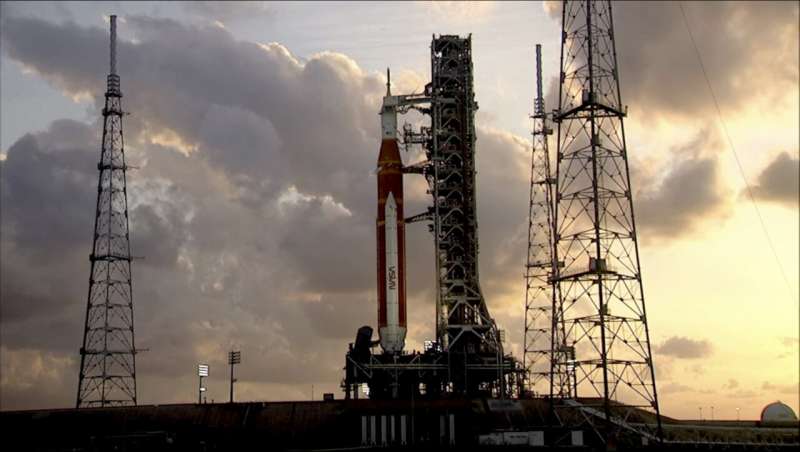SpaceX launches three rockets in 36 hours
Tuesday, 21 June 2022 09:27 SpaceX launched three missions in just over 36 hours, including two from Florida's Space Coast with most recent a two-stage Falcon 9 early Sunday.
The third rocket lifted off from Florida's Cape Canaveral Space Force Station at 12:27 a.m. carrying a communications satellite for Louisiana-based Globalstar.
Earlier, the company founded by billionaire Elon Musk launched 53 Starlink inte
SpaceX launched three missions in just over 36 hours, including two from Florida's Space Coast with most recent a two-stage Falcon 9 early Sunday.
The third rocket lifted off from Florida's Cape Canaveral Space Force Station at 12:27 a.m. carrying a communications satellite for Louisiana-based Globalstar.
Earlier, the company founded by billionaire Elon Musk launched 53 Starlink inte NASA fully loads Artemis 1 rocket with fuel in successful 'wet' rehearsal
Tuesday, 21 June 2022 09:27 NASA's fourth attempt Monday to complete a practice launch day exercise for its huge uncrewed moon rocket Artemis 1 was deemed a success at the Kennedy Space Center in Florida.
Crews were able to fully load the rocket with super-cold liquid hydrogen propellent and successfully reach the "terminal count" phase for the first time before the countdown was automatically paused at T-minus 29 se
NASA's fourth attempt Monday to complete a practice launch day exercise for its huge uncrewed moon rocket Artemis 1 was deemed a success at the Kennedy Space Center in Florida.
Crews were able to fully load the rocket with super-cold liquid hydrogen propellent and successfully reach the "terminal count" phase for the first time before the countdown was automatically paused at T-minus 29 se Moon water may have originated below ground
Tuesday, 21 June 2022 09:27 Chinese scientists have discovered that the majority of water found on the moon may have originated from its interior rather than from solar wind bombarding its surface with hydrogen ions that eventually formed water, according to a study published in the journal Nature Communication on Tuesday.
The discovery may provide critical clues to one of the most hotly debated questions regarding o
Chinese scientists have discovered that the majority of water found on the moon may have originated from its interior rather than from solar wind bombarding its surface with hydrogen ions that eventually formed water, according to a study published in the journal Nature Communication on Tuesday.
The discovery may provide critical clues to one of the most hotly debated questions regarding o UK Government takes leading role in new space telescope to explore exoplanets
Tuesday, 21 June 2022 09:27 Due to launch in 2029, Ariel's mission is to understand the links between a planet's chemistry, its evolution and its host star, by characterising the atmospheres of 1,000 known planets outside our solar system.
It is the first space mission dedicated to this analysis and will provide a step-change in our understanding of what exoplanets are made of, how they were formed and how they evolv
Due to launch in 2029, Ariel's mission is to understand the links between a planet's chemistry, its evolution and its host star, by characterising the atmospheres of 1,000 known planets outside our solar system.
It is the first space mission dedicated to this analysis and will provide a step-change in our understanding of what exoplanets are made of, how they were formed and how they evolv Highest observatory in world will give Tibet a better view of the galaxy
Tuesday, 21 June 2022 09:27 Construction of the first observatory in the Tibet autonomous region kicked off this week, following a foundation stone-laying ceremony on Sunday for what is said to be the highest observatory in the world.
Planning of the project began last March and the observatory is scheduled for completion by June 2024. It will occupy more than 11,000 square meters in Lhasa near the region's Science a
Construction of the first observatory in the Tibet autonomous region kicked off this week, following a foundation stone-laying ceremony on Sunday for what is said to be the highest observatory in the world.
Planning of the project began last March and the observatory is scheduled for completion by June 2024. It will occupy more than 11,000 square meters in Lhasa near the region's Science a The greening ashore
Tuesday, 21 June 2022 09:27 A team led by evolutionary biologist Prof. Dr. Sven Gould of Heinrich Heine University Dusseldorf (HHU) has been studying the current state of research on the plant colonisation of land that occurred some 500 million years ago. The findings from this illustrated overview study published by Dr. Mona Schreiber as lead author have now appeared in the latest issue of the journal Trends in Plant Scie
A team led by evolutionary biologist Prof. Dr. Sven Gould of Heinrich Heine University Dusseldorf (HHU) has been studying the current state of research on the plant colonisation of land that occurred some 500 million years ago. The findings from this illustrated overview study published by Dr. Mona Schreiber as lead author have now appeared in the latest issue of the journal Trends in Plant Scie Subpopulation of Greenland polar bears found
Tuesday, 21 June 2022 09:27 Greenland's fjords harbor a unique group of polar bears that rely on glacial ice, a NASA-funded study reports in Science.
Polar bears throughout the Arctic depend on sea ice as a platform for hunting seals. As human-caused climate change warms the planet and Arctic sea ice melts away, polar bears are scrambling to find ice to hunt on. But in Southeast Greenland, researchers found that bear
Greenland's fjords harbor a unique group of polar bears that rely on glacial ice, a NASA-funded study reports in Science.
Polar bears throughout the Arctic depend on sea ice as a platform for hunting seals. As human-caused climate change warms the planet and Arctic sea ice melts away, polar bears are scrambling to find ice to hunt on. But in Southeast Greenland, researchers found that bear Experiment results confirm anomaly suggesting new physics possibility
Tuesday, 21 June 2022 09:27 New scientific results confirm an anomaly seen in previous experiments, which may point to an as-yet-unconfirmed new elementary particle, the sterile neutrino, or indicate the need for a new interpretation of an aspect of standard model physics, such as the neutrino cross section, first measured 60 years ago. Los Alamos National Laboratory is the lead American institution collaborating on the Ba
New scientific results confirm an anomaly seen in previous experiments, which may point to an as-yet-unconfirmed new elementary particle, the sterile neutrino, or indicate the need for a new interpretation of an aspect of standard model physics, such as the neutrino cross section, first measured 60 years ago. Los Alamos National Laboratory is the lead American institution collaborating on the Ba Nanoparticles control flow of light like road signs direct traffic
Tuesday, 21 June 2022 09:27 Physicists at The Australian National University (ANU) have developed tiny translucent slides capable of producing two very different images by manipulating the direction in which light travels through them.
As light passes through the slide, an image of Australia can be seen, but when you flip the slide and look again, an image of the Sydney Opera House is visible. The pair of images crea
Physicists at The Australian National University (ANU) have developed tiny translucent slides capable of producing two very different images by manipulating the direction in which light travels through them.
As light passes through the slide, an image of Australia can be seen, but when you flip the slide and look again, an image of the Sydney Opera House is visible. The pair of images crea ESA boosts the satellite-enabled 5G media market
Tuesday, 21 June 2022 08:29
Film fans, gamers and future metaverse users will be able to experience high-quality videos, games and extended reality environments live and uninterrupted from anywhere, as satellites link up with terrestrial-based next-generation 5G and 6G connectivity.
easyJet signs up for Iris space-enabled digital skies
Tuesday, 21 June 2022 06:51
Passengers on board commercial airline easyJet will speed to their destinations faster and greener, thanks to an ESA-backed initiative to digitalise the skies.
easyJet signs up for space-enabled digital skies
Tuesday, 21 June 2022 06:51
Passengers on board commercial airline easyJet will speed to their destinations faster and greener, thanks to an ESA-backed initiative to digitalise the skies.
S. Korea launches homegrown space rocket in 2nd such attempt
Tuesday, 21 June 2022 06:50
South Korea launched its first domestically built space rocket on Tuesday in the country's second attempt, months after its earlier liftoff failed to place a payload into orbit.
A successful launch would boost South Korea's growing space ambitions but also prove it has key technologies to build a space-based surveillance system and bigger missiles amid animosities with rival North Korea, some experts say.
The three-stage Nuri rocket carrying what officials call a functioning "performance verification" satellite blasted from South Korea's only space launch center on a small island off its southern coast at 4 p.m.
Officials are to announce the results of the launch later Tuesday.
In the first attempt last October, the rocket's dummy payload reached its desired altitude of 700 kilometers (435 miles) but didn't enter orbit because the engine of the rocket's third stage burned out earlier than planned.
If Tuesday's launch is successful, South Korea would become the world's 10th nation to place a satellite into space with its own technology.
South Korea, the world's 10th-largest economy, is a main supplier of semiconductors, automobiles and smartphones on world markets.
South Korea launches first satellite with homegrown rocket
Tuesday, 21 June 2022 06:50
South Korea launched its first domestically built space rocket on Tuesday in the country's second attempt, months after its earlier liftoff failed to place a payload into orbit.
A successful launch would boost South Korea's growing space ambitions but also prove it has key technologies to build a space-based surveillance system and bigger missiles amid animosities with rival North Korea, some experts say.
The three-stage Nuri rocket carrying what officials call a functioning "performance verification" satellite blasted from South Korea's only space launch center on a small island off its southern coast at 4 p.m.
Officials are to announce the results of the launch later Tuesday.
In the first attempt last October, the rocket's dummy payload reached its desired altitude of 700 kilometers (435 miles) but didn't enter orbit because the engine of the rocket's third stage burned out earlier than planned.
If Tuesday's launch is successful, South Korea would become the world's 10th nation to place a satellite into space with its own technology.
South Korea, the world's 10th-largest economy, is a main supplier of semiconductors, automobiles and smartphones on world markets.
NASA fuels moon rocket for 1st time in countdown rehearsal
Tuesday, 21 June 2022 06:42

